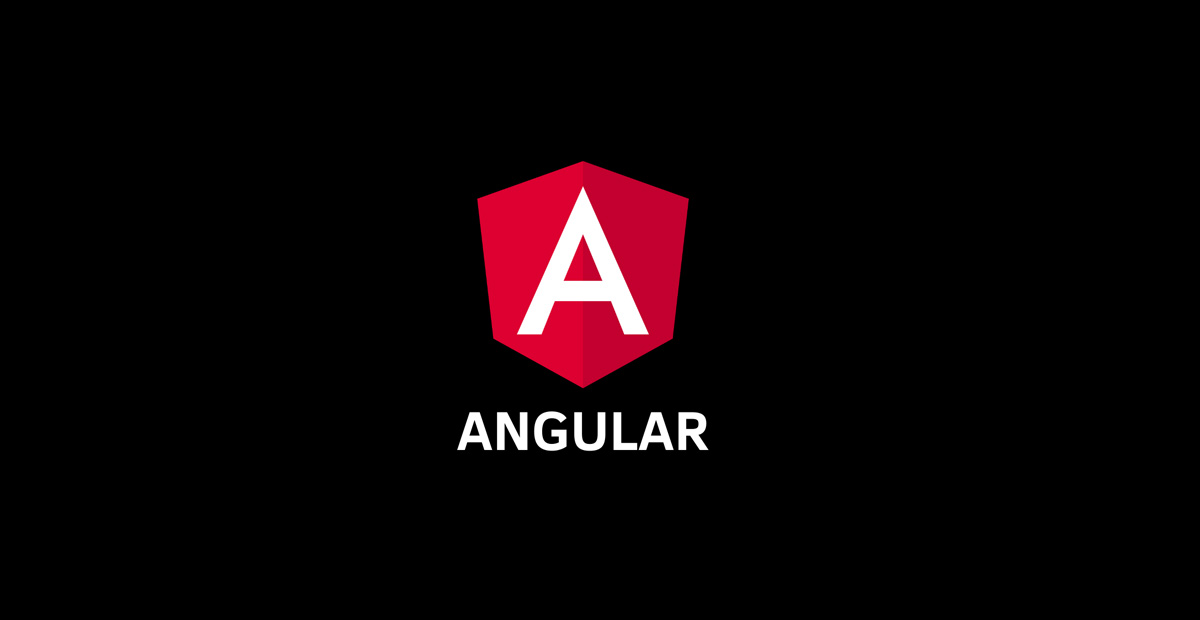Angular 13, the next version of Google’s famous TypeScript-based web framework that promises to be “100% Ivy,” is currently in production. Ivy is Angular’s next-generation compilation and rendering engine, supported in recent versions, although the predecessor View Engine is still supported. As a result, many top angular development companies have been using it. In Angular 13, support for the Ivy library is being finalised, while support for View Engine is being phased down.
Angular 13 also features performance enhancements in angular development services such as Adobe Fonts and the ESBuild JavaScript bundler, with ESBuild now supporting CSS source maps, enabling optimised global CSS.
What’s new in Angular Version 13
This post will introduce you to the most significant new features and breaking changes in Angular 13 and help you determine whether an update is appropriate for your project for your website:
-
Goodbye, View Engine — hello, Ivy!
Since version 8, Angular has introduced Ivy, its next-generation compilation and rendering pipeline. Angular 9 has made Ivy the default compiler while supporting the preceding compiler and runtime View Engine.
The framework’s new version is now entirely Ivy.
View Engine specific information and obsolete output formats have been deleted to streamline and update the Angular Package Format (APF), reducing maintenance costs and the complexity of the codebase in Angular 13. All internal tools are converted to Ivy ahead of time to ensure a smooth transition.
-
APIs for Ergonomics
The load time in Angular 13 is lowered because of ergonomic code-splitting APIs and granular code breakdown at the component level.
With the release of ESBuild, an incredibly fast JavaScript bundler, speed was also improved. In addition, ESBuild now collaborates with terser to optimise global scripts and supports CSS source maps, allowing for optimised global CSS.
-
There will be no further support for Internet Explorer 11.
To use native web APIs and current browsers capabilities such as web animations and CSS variables, the Angular team has dropped support for Internet Explorer 11.
Because there are no IE-specific polyfills and no requirement for differential loading, this results in a smaller bundle size, quicker app loading, and an enhanced user experience.
This game-changing shift will undoubtedly affect authorities or institutions still using Internet Explorer 11 and have not yet converted to Microsoft Edge or other new browsers.
-
API Update for Components
Because of an enhancement to the ViewContainerRef.createComponent API, you can now create dynamic components with less boilerplate code.
-
Debugging and testing times have been reduced.
TestBed is the primary API for unit testing Angular apps and modules.
The latest version of TestBed has been published with an updated test API to reduce test time. The framework can now automatically build up and break down the test environment and learn the DOM after each test run. This results in quicker, less memory-intensive, and more isolated tests.
-
Forms have a new kind.
FormControlStatus is a new form type added in Angular 13. It’s a collection of all potential form control status strings:
AbstractControl.status, for example, is now FormControlStatus rather than string.
And the StatusChanges type is ObservableFormControlStatus> rather than Observableany>.
-
Router
The router has been improved not to alter the browser URL when new navigation cancels current navigation. There is a proposal to rectify any error in navigation parsing. Does this occur when the default URL serialiser eliminates everything following a question mark in query parameters: /users?start=1?&pages=15. RouterOutletContract may be extended to include missing outlet events, which is useful when the module federation renders components dynamically in the future.
-
Availability (A11y)
Angular Material now has greater Accessibility (A11y): all Material Design Components (MDC) have been evaluated for better Accessibility. Checkboxes and radio buttons, for example, now have bigger touch sizes, while other components have improved high contrast settings.
-
Other Modifications
- TypeScript version 4.4 is now supported by the framework core.
- The reactive programming library RxJs (Reactive Extensions for JavaScript) version 7 is now supported.
- Inlining fonts improve web performance by speeding up the First Contentful Paint (FCP). As a result, the team has included support for inlining Adobe Fonts in Angular 11, just as they did for inlining Google Fonts.
- We may dynamically deactivate or enable built-in validators such as min, max, and minLength.
- Custom conditions can be specified in the ng package.
- One message has been improved, such as the error regarding “a missing animation trigger” for the platform browser.
- Clear the cache of the service worker in the safety worker. This guarantees that broken or stale material is not provided in subsequent requests.
Conclusion
The Angular framework’s recent version included several intriguing new features. If your needs do not require Internet Explorer 11, you may update to Angular version 13 more quickly by executing ng update in your project. In addition, many companies hire Angular development companies or hire angular developers who are knowledgeable of all the latest Angular features listed above and many more.



